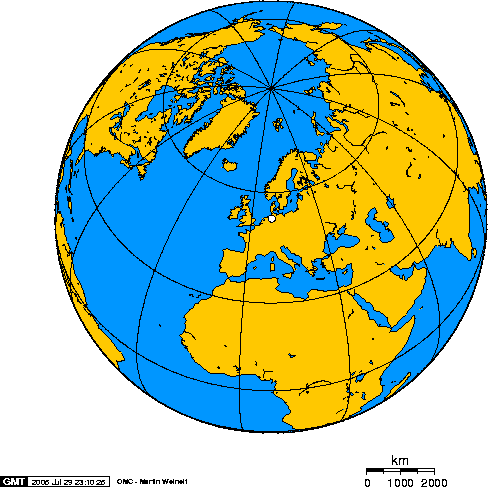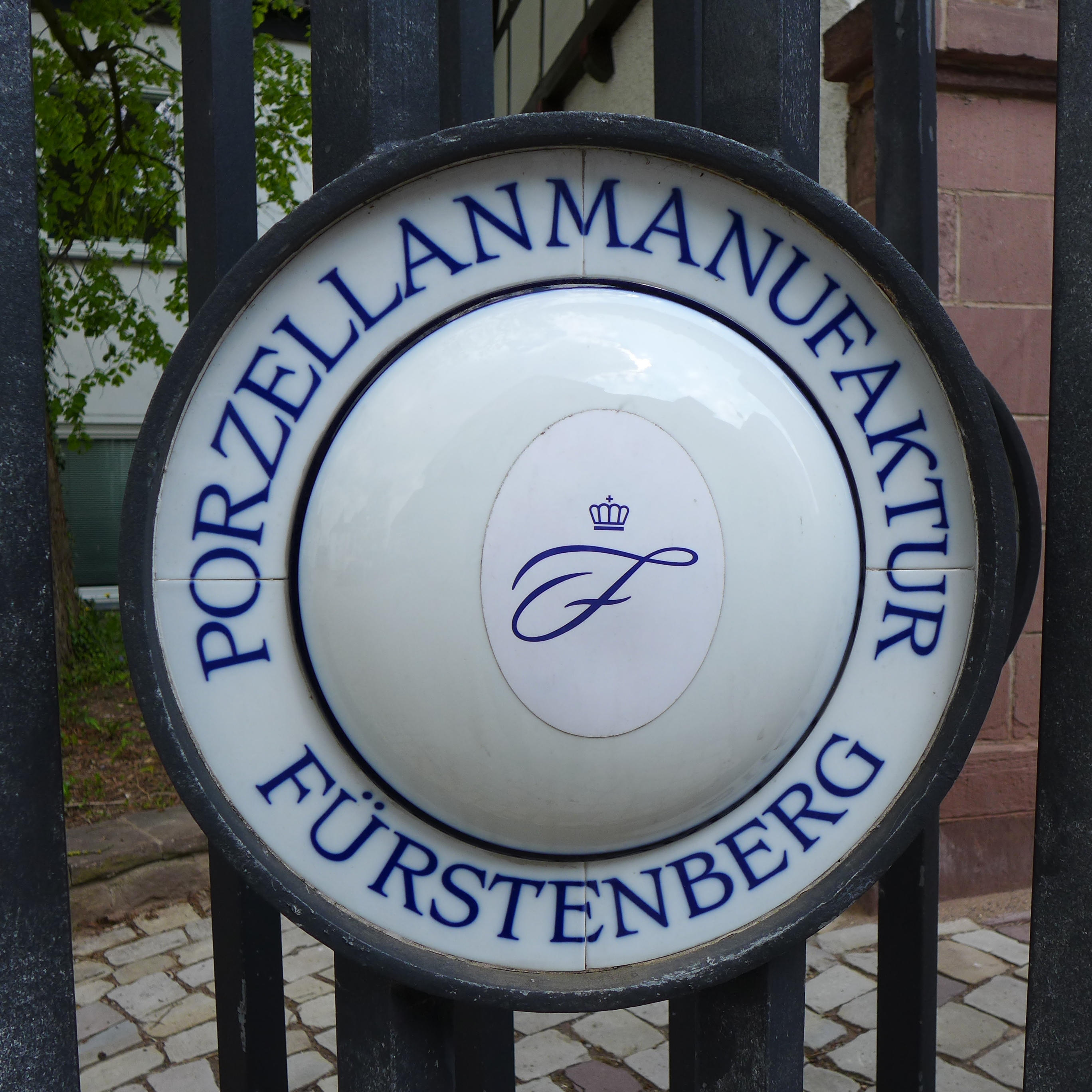|
Fürstenberg, Lower Saxony
Fürstenberg () is a municipality in the district of Holzminden, in Lower Saxony, Germany and lies on the Weser river in the Weser Uplands, near Höxter and Holzminden. The Fürstenberg China Factory, founded in 1747, is the third-oldest porcelain Porcelain (), also called china, is a ceramic material made by heating Industrial mineral, raw materials, generally including kaolinite, in a kiln to temperatures between . The greater strength and translucence of porcelain, relative to oth ... manufacturer in Germany. References Holzminden (district) {{Holzminden-geo-stub ... [...More Info...] [...Related Items...] OR: [Wikipedia] [Google] [Baidu] |
Holzminden (district)
Holzminden () is a district in Lower Saxony, Germany, with the town of Holzminden as its administrative capital. It is bounded by (from the north and clockwise) the districts of Hamelin-Pyrmont, Hildesheim and Northeim, and by the state of North Rhine-Westphalia (districts of Höxter and Lippe). History The district was established in 1833 within the Duchy of Brunswick-Lüneburg. It was moved to the Prussian Province of Hanover as part of a territorial exchange in 1942. The last territorial modification was in 1974. Geography The district is located in the Weserbergland mountains, roughly between Hamelin and Göttingen. The Weser River forms the southwestern border of the district and runs through its northern parts. Coat of arms The lion is taken from the arms of the County of Everstein; the counts ruled over the region in the 14th century and were the founders of the City of Holzminden. The bar in the bottom is symbolising the Weser River. Towns and municipalities Par ... [...More Info...] [...Related Items...] OR: [Wikipedia] [Google] [Baidu] |
Lower Saxony
Lower Saxony is a States of Germany, German state (') in Northern Germany, northwestern Germany. It is the second-largest state by land area, with , and fourth-largest in population (8 million in 2021) among the 16 ' of the Germany, Federal Republic of Germany. In rural areas, Northern Low Saxon and Saterland Frisian language, Saterland Frisian are still spoken, though by declining numbers of people. Lower Saxony borders on (from north and clockwise) the North Sea, the states of Schleswig-Holstein, Hamburg, , Brandenburg, Saxony-Anhalt, Thuringia, Hesse and North Rhine-Westphalia, and the Netherlands. Furthermore, the Bremen (state), state of Bremen forms two enclaves within Lower Saxony, one being the city of Bremen, the other its seaport, Bremerhaven (which is a semi-exclave, as it has a coastline). Lower Saxony thus borders more neighbours than any other single '. The state's largest cities are the state capital Hanover, Braunschweig (Brunswick), Oldenburg (city), Oldenburg, ... [...More Info...] [...Related Items...] OR: [Wikipedia] [Google] [Baidu] |
Germany
Germany, officially the Federal Republic of Germany, is a country in Central Europe. It lies between the Baltic Sea and the North Sea to the north and the Alps to the south. Its sixteen States of Germany, constituent states have a total population of over 84 million in an area of , making it the most populous member state of the European Union. It borders Denmark to the north, Poland and the Czech Republic to the east, Austria and Switzerland to the south, and France, Luxembourg, Belgium, and the Netherlands to the west. The Capital of Germany, nation's capital and List of cities in Germany by population, most populous city is Berlin and its main financial centre is Frankfurt; the largest urban area is the Ruhr. Settlement in the territory of modern Germany began in the Lower Paleolithic, with various tribes inhabiting it from the Neolithic onward, chiefly the Celts. Various Germanic peoples, Germanic tribes have inhabited the northern parts of modern Germany since classical ... [...More Info...] [...Related Items...] OR: [Wikipedia] [Google] [Baidu] |
Weser
The Weser () is a river of Lower Saxony in north-west Germany. It begins at Hannoversch Münden through the confluence of the Werra and Fulda. It passes through the Hanseatic city of Bremen. Its mouth is further north against the ports of Bremerhaven and Nordenham. The latter is on the Butjadingen Peninsula. It then merges into the North Sea The North Sea lies between Great Britain, Denmark, Norway, Germany, the Netherlands, Belgium, and France. A sea on the European continental shelf, it connects to the Atlantic Ocean through the English Channel in the south and the Norwegian Se ... via two highly Saline water, saline, Estuary, estuarine mouths. It connects to the canal network running east–west across the North German Plain. The river, when combined with the Werra (a dialectal form of ''Weser''), is long and thus, the longest river entirely situated within Germany (the Main (river), Main, however, is the longest if the Weser-Werra are considered separate). ... [...More Info...] [...Related Items...] OR: [Wikipedia] [Google] [Baidu] |
Weser Uplands
The Weser Uplands (German: ''Weserbergland'', ) is a hill region in Germany, between Hannoversch Münden and Porta Westfalica, along the river Weser. The area reaches into three states, Lower Saxony, Hesse, and North Rhine-Westphalia. Important towns of this region include Bad Karlshafen, Holzminden, Höxter, Bodenwerder, Hameln, Rinteln, and Vlotho. The tales of the Brothers Grimm are set in the Weser Uplands, and it has many renaissance buildings, exhibiting a peculiar regional style, the Weser Renaissance style. The region roughly coincides with the natural region of the Lower Saxon Hills defined by the Federal Agency for Nature Conservation (BfN). Geography In addition to the whole of the Weser Valley between Hann. Münden und Porta Westfalica, several geologically associated, but clearly separate chains of uplands, ridges and individual hills are considered part of the Weser Uplands. In its narrowest sense, the following would be included (running from north to ... [...More Info...] [...Related Items...] OR: [Wikipedia] [Google] [Baidu] |
Höxter
Höxter () is a town in eastern North Rhine-Westphalia, Germany on the left bank of the river Weser, 52 km north of Kassel. It lies the heart of the Weser Uplands, and is the seat of the Höxter district. The district of Höxter has a population of 30,000, with the city itself making up around half of the population. Historical place names of Höxter are Hoxer and Huxaria. Subdivisions As part of North Rhine-Westphalia's municipal reforms, the collective municipality of Höxter came into being on 1 January 1970, formed out of the eleven communities of the former '' Amt'' of Höxter-Land, the main town, and the community of Bruchhausen from the former ''Amt'' of Beverungen. The communities voluntarily merged to pool their resources and establish a unified administration. The constituent communities are: *Albaxen *Bosseborn * Bödexen *Brenkhausen *Bruchhausen *Fürstenau *Godelheim *Lüchtringen *Lütmarsen *Ottbergen *Ovenhausen *Stahle History Höxter (Latin: Huxaria ... [...More Info...] [...Related Items...] OR: [Wikipedia] [Google] [Baidu] |
Holzminden
Holzminden (; ) is a town in southern Lower Saxony, Germany. It is the capital of the district of Holzminden (district), Holzminden. It is located on the river Weser, which at this point forms the border with the state of North Rhine-Westphalia. History Holzminden is first mentioned in the 9th century as ''Holtesmeni''. However, the name did not at this time refer to the present city, but to the village of Altendorf, the "old village", which was incorporated into the city in 1922. During the reign of Louis the Pious (814–840), monks from the Abbey of Corbie in France came to this part of Germany and founded a daughter house at Hethis in the Solling. It was later abandoned due to lack of access to water, and a new monastery, ''Corbeia nova'' (Corvey Abbey), opened close to the river. The settlement is believed to have come into being in the 6th-7th centuries, along with other settlements in the vicinity. As Holzminden was granted municipal liberties, allowing greater privileges ... [...More Info...] [...Related Items...] OR: [Wikipedia] [Google] [Baidu] |
Fürstenberg China
The Fürstenberg China Factory () was founded on 11 January 1747 in Fürstenberg, Lower Saxony, Fürstenberg, on the Weser river, by Johann Georg von Langen at the direction of Duke Charles I of Brunswick-Wolfenbüttel. It is the second-oldest porcelain manufacturer in Germany that still operates on its original site. From 1888, the operation was turned into a public limited company (''Aktiengesellschaft''). In 1966, the firm became a limited liability company (''GmbH'') with its parent company, ''Braunschweig GmbH'', and therefore a 100 per cent subsidiary of NORD/LB. Its current managing director is Stephanie Saalfeld. Museum The Weser Renaissance-style castle, high above the Weser river, traces its history back to a medieval castle built in the first half of the 14th century (first mentioned around 1355), and was converted into a hunting lodge around 1600 by Duke Henry Julius of Brunswick-Wolfenbüttel. Until 1972, china was produced in the castle itself, but now, manufactu ... [...More Info...] [...Related Items...] OR: [Wikipedia] [Google] [Baidu] |
Porcelain
Porcelain (), also called china, is a ceramic material made by heating Industrial mineral, raw materials, generally including kaolinite, in a kiln to temperatures between . The greater strength and translucence of porcelain, relative to other types of pottery, arise mainly from Vitrification#Ceramics, vitrification and the formation of the mineral mullite within the body at these high temperatures. End applications include tableware, ceramic art, decorative ware such as figurines, and products in technology and industry such as Insulator (electricity), electrical insulators and laboratory ware. The manufacturing process used for porcelain is similar to that used for earthenware and stoneware, the two other main types of pottery, although it can be more challenging to produce. It has usually been regarded as the most prestigious type of pottery due to its delicacy, strength, and high degree of whiteness. It is frequently both glazed and decorated. Though definitions vary, po ... [...More Info...] [...Related Items...] OR: [Wikipedia] [Google] [Baidu] |



